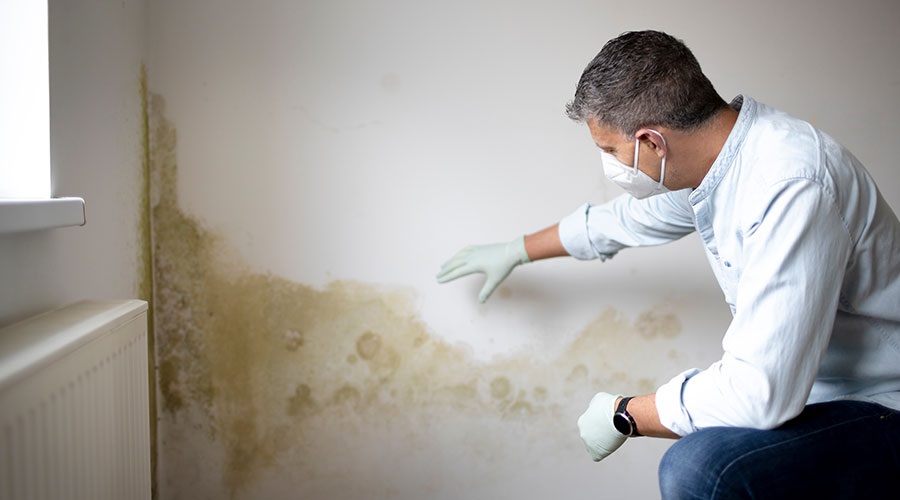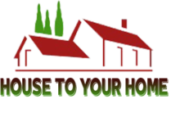The Unseen Threat: HVAC System Contamination and Mold Intrusion

The HVAC systems in modern buildings silently maintain proper temperatures and indoor air quality. But mold might flourish in these intricate pipelines and machinery. A mold outbreak in HVAC systems compromises efficiency and building occupants. The longevity of indoor air quality and ventilation systems depends on mold awareness, ductwork cleaning, and preventive maintenance.
Mold’s HVAC System Pervasiveness
Dark, moist HVAC systems abound in organic compounds that mold adores. So proper steps are essential in mold removal richmond va. Mold spores flourish in dust, soil, pollen, and humidity inside system components including ducting. Mold contamination affects various things. It first seriously compromises indoor air. Particularly for sensitive individuals like children, the elderly, and those with pre-existing respiratory conditions, mold spores, fragments, and MVOCs expelled into the air circulate around the building and cause respiratory problems, allergic reactions, asthma aggravations, and other health issues.
Good Techniques for Mold Removal and Duct Cleaning
There is systematic mold remedial work required in HVAC systems. Usually starting with a careful inspection to identify pollutants, the cleaning process consists of many phases. Usually by mechanical cleaning, source removal is really important. From ducts, HEPA-filtered vacuums clear mold spores, dust, and trash. Tough duct contaminants are removed using brushes, air whips, and compressed air nozzles. Duct cleaning robots with cameras and tools can reach difficult areas. Antimicrobial treatments may follow mechanical cleaning under severe conditions or for particular purposes. Taking the mold remediation quote is essential here.
Beyond Cleaning: Reasons of Mold Growth
While HVAC mold remediation virginia extends beyond simple mold removal, duct cleaning is very necessary. A complete strategy calls for identifying and resolving the moisture intrusion causing mold. The HVAC system and surrounding areas are meticulously checked in order to identify water leaks, condensation, and too high humidity. In unconditioned buildings, leaky condensate drain pans, poorly insulated ducting, roof or plumbing leaks close to ductwork, and inadequate ventilation lead to too high interior humidity. Leaks, insulation, condensate drainage, ventilation have to be taken care of after the moisture source has been found. While cleaning ducts without addressing moisture is a temporary fix, if conditions are correct mold will return.
Prevention of Mold Regrowth: Maintenance
To stop mold spread, HVAC systems must be aggressively maintained continuously. Regular inspections of ductwork, air handlers, and condensate pans help to spot moisture and mold. Filters must be replaced as contaminated filters reduce system efficiency and retain organic matter and moisture, therefore promoting mold formation. Manufacturer recommendations call for using and replacing high-efficiency filters with a Minimum Efficiency Reporting Value (MERV) appropriate for the system and building occupancy.
Preserving Indoor Health via Vigilant HVAC Maintenance
Particularly with mold, HVAC system pollution compromises building infrastructure and human health. Complete ductwork cleaning, moisture removal, and a rigorous preventive maintenance schedule define mold eradication. Understanding mold, cleaning correctly, and giving preventative measures top priority can help building owners and facility managers make sure their HVAC systems run effectively and provide a healthy and pleasant interior environment for every resident. Investing in preventative HVAC maintenance is about safeguarding health and building a sustainable, healthy built environment.

